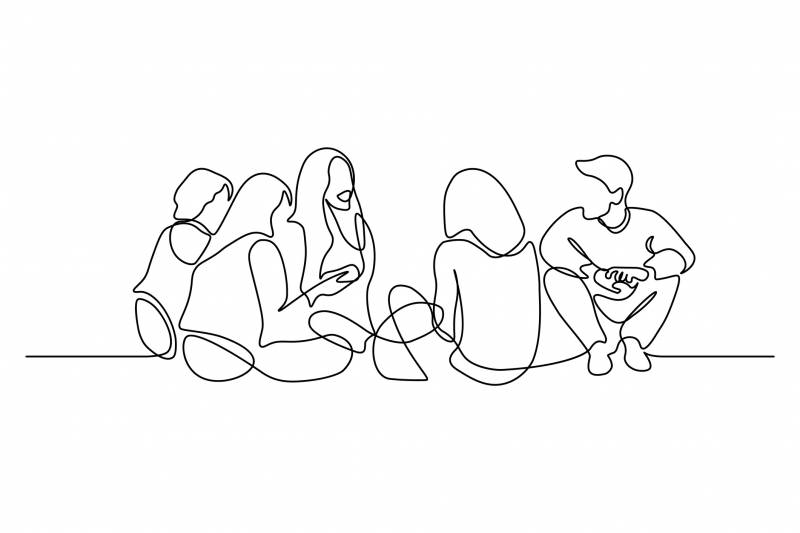In order to understand people who develop substance abuse disorders as adults, it's important to recognize when they were first exposed. The majority of adults who develop substance abuse disorders first used drugs or alcohol during adolescence. In her new book, “The Addiction Inoculation: Raising Healthy Kids in a Culture of Dependence,” Jessica Lahey translates the research around addiction and explores practical ways parents and educators can use this information to support kids.
Lahey’s motivation for writing this book is personal. Born into a family with a history of addiction, she found herself struggling with alcoholism as an adult. After finding her path to sobriety, Lahey – a career educator – began to teach teens at an inpatient drug and alcohol rehabilitation center. These experiences, along with the task of raising two teenage sons, prompted her to spend years researching the core elements of efficacious addiction prevention.
Explore Root Causes
Many of today’s educators and parents came of age during the War on Drugs, “Just Say No,” and school assemblies that included harrowing stories of a late-stage addiction. But effective prevention programs involve much more than blanket warnings, says Lahey. Adults need to examine why an adolescent uses drugs or alcohol in the first place. In the words of Chris Herren, former NBA Player, and recovering heroin addict, too often “we focus on the worst day and forget the first day.” Adolescents take that first drink for any number of reasons – including a desire to escape the pressures of school or home, to ease social anxiety, to fit in, or to cope with trauma.
“If a kid is drinking because they are trying to numb out what they feel is wrong with them, what can we do to help them feel like they are enough?” asks Lahey. “And there is so much we could be doing. All the best substance abuse programs are, at their heart, social-emotional learning programs.” If adults can help kids manage their emotions without using alcohol as a form of self-medication, says Lahey, we increase their chances of making it to adulthood substance-free.
Understand the Adolescent Brain
The brain goes through two major growth spurts: from birth to age three and again in adolescence. During these periods, the “brain is acutely sensitive to outside influences including chemicals,” says Lahey. Simply put, the teenage brain is more prone to the damaging effects of drugs and alcohol than the adult brain.


